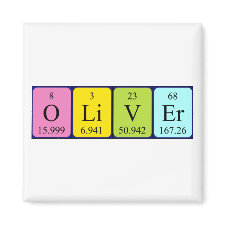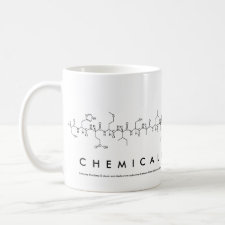
Authors: Greibl W, Hayden O, Achatz P, Fischerauer G, Scholl G, Dickert FL
Publication date: 2002
Article title: Surface phenomena with organic coatings for chemical sensing.
Page numbers: 160-168
DOI: 10.1117/12.456953
Proceedings title: Advanced Environmental Sensing Technology II
Editors: Vo-Dinh T, Buettgenbach S
Publisher: The International Society for Optical Engineering
ISBN: 0277-786X
Volume number: 4576
Abstract: The surface modification of SAW (surface acoustic wave)- and QCM (quartz crystal microbalance)-devices proves very important in chemical sensing. Silanes on one hand are very useful for hydrophobizing of quartz-surfaces whereas on the other hand thiols are used to adsorb on gold. In this way the influence of humidity on the transducers, which originates in the hydrophilicity of the quartz is decreased. These monolayers not only reduce the cross-sensitivity to water but also enhance the sensor effects of solvent vapors. In order to obtain better selectivity molecular hollows, like calix[n]arenes can be attached to the spacers. Another way to improve the selectivity was found in the treatment of the device with mixtures of silanes and thiols, respectively. In this way cavities are produced in which analytes are incorporated and thus are detected in the lower ppm range.The surface of mass-sensitive devices was also modified in order to detect analytes in the nano- to micrometer range. Here a stamping process with cells yields patterns on polymer surfaces which favor the reinclusion of these microorganisms. These effects are due to geometrical effects and chemical interactions via an adapted polarity and hydrogen bonds of the chosen polymer. The sensor responses proved highly selective to the bacteria in respect to nutrient liquid and other microorganisms



Join the Society for Molecular Imprinting

New items RSS feed
Sign-up for e-mail updates:
Choose between receiving an occasional newsletter or more frequent e-mail alerts.
Click here to go to the sign-up page.
Is your name elemental or peptidic? Enter your name and find out by clicking either of the buttons below!
Other products you may like:
 MIPdatabase
MIPdatabase









